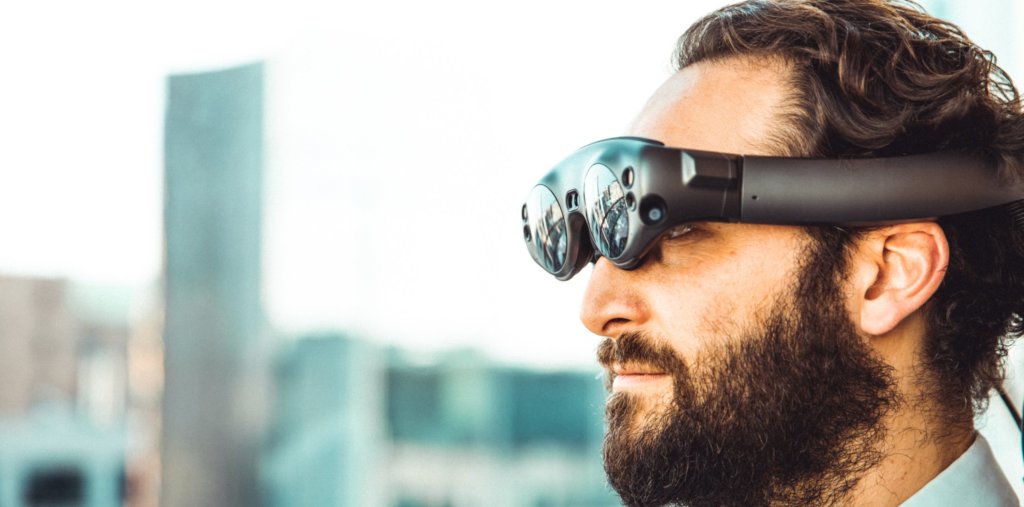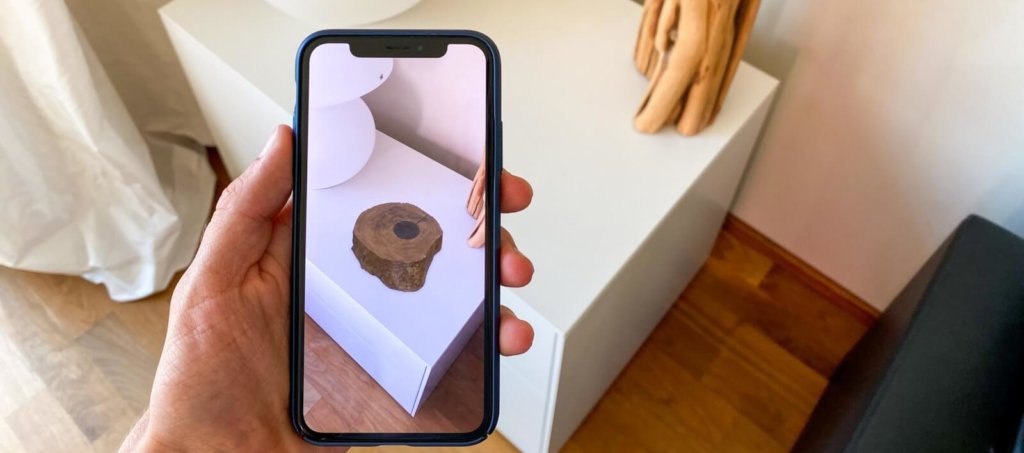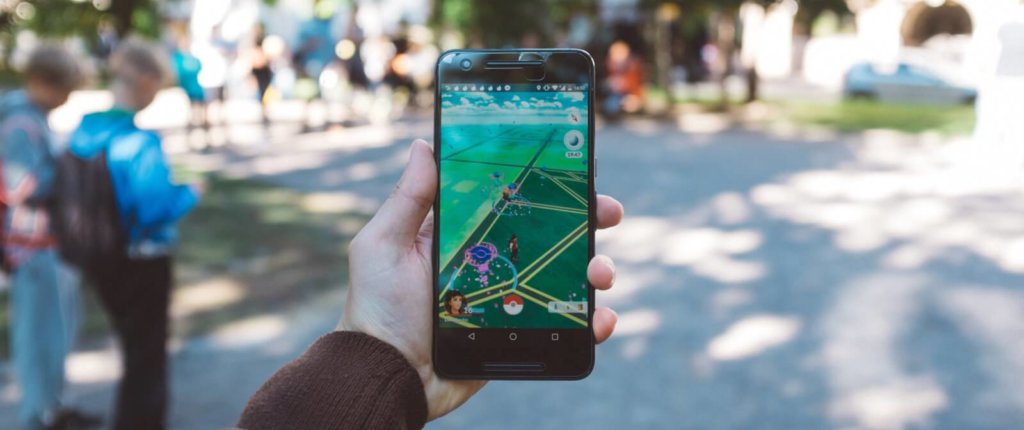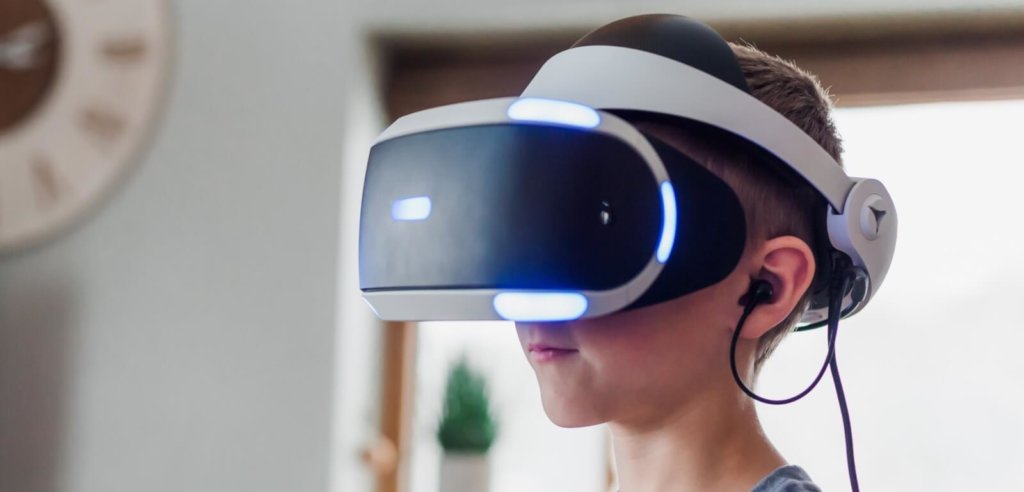
Technology in all sectors continues to grow exponentially, and with this growth comes rapid change and opportunity. When it comes to the roles of user experience (UX) and user interface (UI) in applications, designers and developers face a changing landscape full of new opportunities to connect with the end-user when it comes to augmented reality (AR). And to drive this shift in development, many major AR development hubs such as Dallas and San Francisco are redefining the AR landscape right in front of us.
The world of UX and UI design influences a vast array of sectors, with the most traditional one being 2D application. With AR, the environmental world becomes the canvas, and design and development concepts become the tools to recreate that environment. AR, in recent years, has become integrated into the daily lives of millions of people. The continued growth of AR applications comes in many forms and can be found across several different businesses and industries. A few of the many examples include:
Automotive – Most of today’s vehicles come standard with a backup camera. The parking-assist graphical overlay helps guide the driver while in reverse using AR technology.
Social Media – Snapchat uses AR combined with facial recognition software that allows users to create animated overlays over their images. Instagram Reels and Stories lets users select AR themes and effects surrounding them or altering their appearance while recording their short videos.
Gaming – Pokemon Go is the current gold standard of how AR enhances the interactive gaming experience using the real-world environment. Over 150 million users, at the time of this article, validate this fact.
Health and Fitness – Solo Smart Glasses created a mini heads-up display complete with exercise time, energy output, and GPS navigation.
Interior Design – IKEA created the Place application, allowing users to overlay furniture in their existing home spaces and create 3D models that aid decision-making and interior design projects.
The Future of Augmented Reality

Some of the largest tech companies are entirely on board with advancing AR in new and innovative ways. Microsoft and Google have recently released products or enhanced apps using AR. Microsoft HoloLens – probably better categorized as mixed reality – allows overlays and graphics onto environmental objects multiple users can see and sometimes interact with. Likewise, Google integrated AR into several apps, including Google Translate.
Here, a Google camera on a mobile device can interpret words presented on a sign in a foreign language and a user can see the words translated into their language on their mobile device. And of course – just like Google – Apple has an entire developer section for iOS that focuses on implementing AR and enhancing the user onboarding and overall AR experience.
Despite the growing application of AR in many sectors, the possibilities and the potential it creates could be just the tip of the iceberg. Companies in the repair industry – automotive or appliance – could use AR for real-time parts information or service repair history while on the job site. Education is an enticing area ripe for the inclusion of AR. All types of learning could be enhanced by using AR applications. Interactive exhibits and programming that use AR could make a visit to the local museum a more immersive and engaging experience.
With the users of AR growing every year, and major companies embracing the technology, UX and UI designers and developers have incredible opportunities to develop their already impressive skill sets. The world is quite literally their canvas to create memorable and immersive 3D user experiences.
Challenges for UX UI

Perhaps the biggest challenge facing UX and UI designers and developers is that AR can occur in any environment, inside or outside. The physical environment and how the AR application interacts with it are critical components and the main differences compared to traditional applications. Perhaps the most problematic concept for the UX and UI designer or developer is not to start with a box, as is somewhat standard while expanding on an initial idea. Although a mobile device is the most common way a user interacts with AR applications, the mobile or wearable device is merely the tool for AR interaction.
Another area UX and UI designers and developers need to consider that perhaps wasn’t high on the priority list with non-AR applications is the user’s safety. By design, AR applications and overlays encourage and almost require the end-user to engage with the real-world environment around them. Many video compilations highlight the inherent dangers of interacting with an AR application in the real world. End-user safety is a newer concept that UX and UI designers and developers need to consider that wasn’t traditionally a significant concern in previous years.
Moving Forward

The world of AR is truly rich with opportunity. From creating new unique ways to offer services, to enhancing the lives of users in ways that previous technology couldn’t the world of AR is brimming with opportunities for organizations with the right idea.
Are you considering developing an augmented reality app? Let us know more about your considerations around mobile app development in the comments section below! We here at Dogtown Media would love to better understand how we can help!





